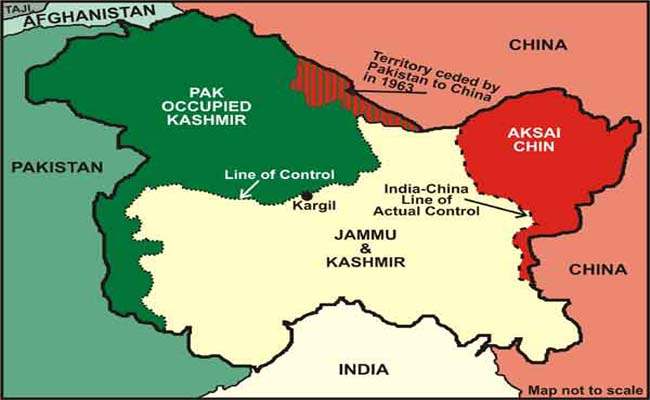JK News Today Commentary
PoK – a recall from Human Rights Watch report
September 20, 2006
“With Friends Like These…”
Human Rights Violations in Azad Kashmir
This is how the Human Rights Watch group based in New York had documented Pakistan’s response to the earthquake that hit Pakistan Occupied Kashmir in 2005.
A recall .
In the first seventy-two hours after the earthquake, thousands of Pakistani troops stationed in “ Azad Kashmir” prioritized the evacuation of their own personnel over providing relief to desperate civilians. The international media began converging on Muzaffarabad within twenty-four hours of the earthquake and fanned out to other towns in “Azad Kashmir “shortly thereafter. They filmed Pakistani troops standing by and refusing to help because they had “no orders” to do so as locals attempted to dig out those still alive, sending a chilling message of indifference from Islamabad. Having filmed the refusal, journalists switched off their cameras and joined the rescue effort themselves; in one instance they shamed the soldiers into helping. But unlike the death and destruction, the media were not everywhere. The death toll continued to mount.
Many Kashmiris told Human Rights Watch that prior to the earthquake, the Pakistani military kept a close watch on the population to ensure political compliance and control; this was facilitated by the placement of military installations frequently in close proximity to populated areas. In the context of a military presence that was more abuser than protector, and domineering Pakistani political control, the failure of the authorities to respond quickly and more humanely to the aftereffects of the earthquake in Azad Kashmir came as little surprise. That failure generated massive public resentment against the Pakistani state, and it highlighted the need for an examination of the conduct of Pakistani authority in “Azad Kashmir.” This report on the state of human rights in “Azad Kashmir” shows longstanding restrictions on fundamental freedoms, as well as politically motivated mistreatment of persons supporting an independent Kashmir.
The earthquake put the international spotlight on “Azad Kashmir” for the first time. Previously, attention had been almost wholly on Jammu and Kashmir state in India, which since 1989 has endured a brutal insurgency and counterinsurgency. Human rights abuses by the Indian security forces and separatist forces in Jammu and Kashmir have been relatively well documented and often condemned. But the world knows little about Azad Kashmir, other than that the territory has been used by Pakistan-backed militant groups as a staging ground for attacks in Jammu and Kashmir.
Aid organizations and donors that wanted to learn about Azad Kashmir after the earthquake so that they could respond in a useful and informed manner quickly discovered that there was virtually no published information. This is because prior to the earthquake, Azad Kashmir was one of the most closed territories in the world. While Jammu and Kashmir state had known considerable tourist traffic prior to the beginning of the insurgency there, the areas of Kashmir on the other side of the LoC had seen little external interest or presence after the end of the British colonial era in 1947-a situation used by Pakistan to exercise absolute control over the territory




